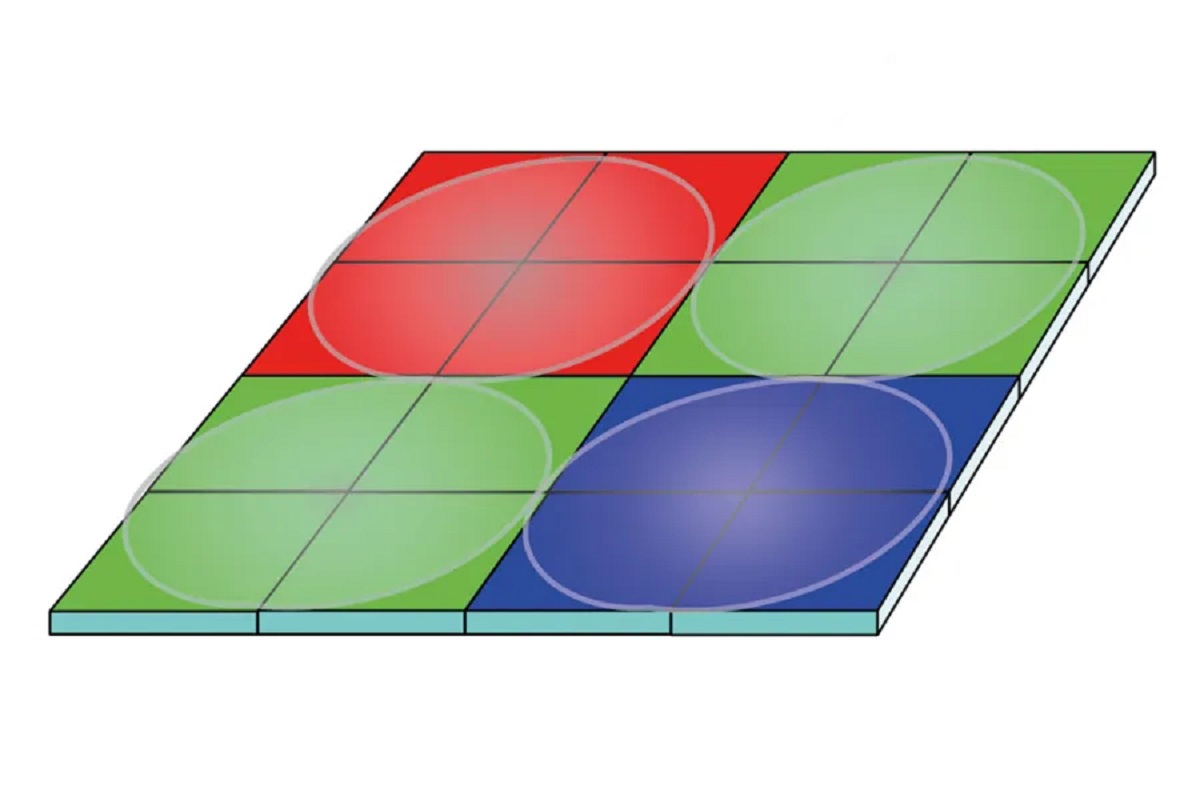health. Researchers at the Netherlands Institute for Neuroscience conducted a large-scale analysis to explore the effects of touch interventions on overall wellbeing. Their findings shed light on the profound impact of touch and the various factors that influence its effectiveness.

The study revealed that touch can significantly improve physical and mental wellbeing by reducing pain, anxiety, depression, and stress in adults. Remarkably, individuals with pre-existing physical or mental health issues experienced even greater benefits from touch interventions. This suggests that touch can serve as a valuable form of support for those in need, underscoring its therapeutic potential.
Furthermore, the analysis emphasized the importance of optimizing touch interventions to maximize their impact. Contrary to common assumptions, factors such as the source of touch, the manner in which it is administered, and its duration did not significantly affect its effectiveness. Instead, the frequency of touch interventions emerged as the most influential factor. This implies that even brief and simple forms of touch, when offered consistently, can yield significant benefits for wellbeing.
Interestingly, the study also explored the effectiveness of touch interventions conducted by objects or robots. Surprisingly, these non-human interventions were found to be equally effective in improving physical wellbeing. This suggests that innovative technologies could potentially play a role in delivering therapeutic touch interventions, particularly for individuals lacking access to human touch.
However, when it comes to mental health, human touch remains indispensable. Touch from loved ones or caregivers carries an emotional component that is essential for addressing psychological distress. Therefore, while objects or robots may suffice for physical health benefits, human touch is irreplaceable in the context of mental health disorders.
The study also highlighted the importance of parental touch for newborns. Infants who received touch interventions from their parents experienced greater benefits compared to those who received touch from healthcare workers. This finding underscores the significance of early tactile experiences in promoting infant health and development.
Despite the promising findings, the researchers identified several areas requiring further investigation. For instance, there is a paucity of research on touch interventions involving animals or pets. Understanding the potential benefits of human-animal interaction could have significant implications for animal-assisted therapy and companion animal welfare.







